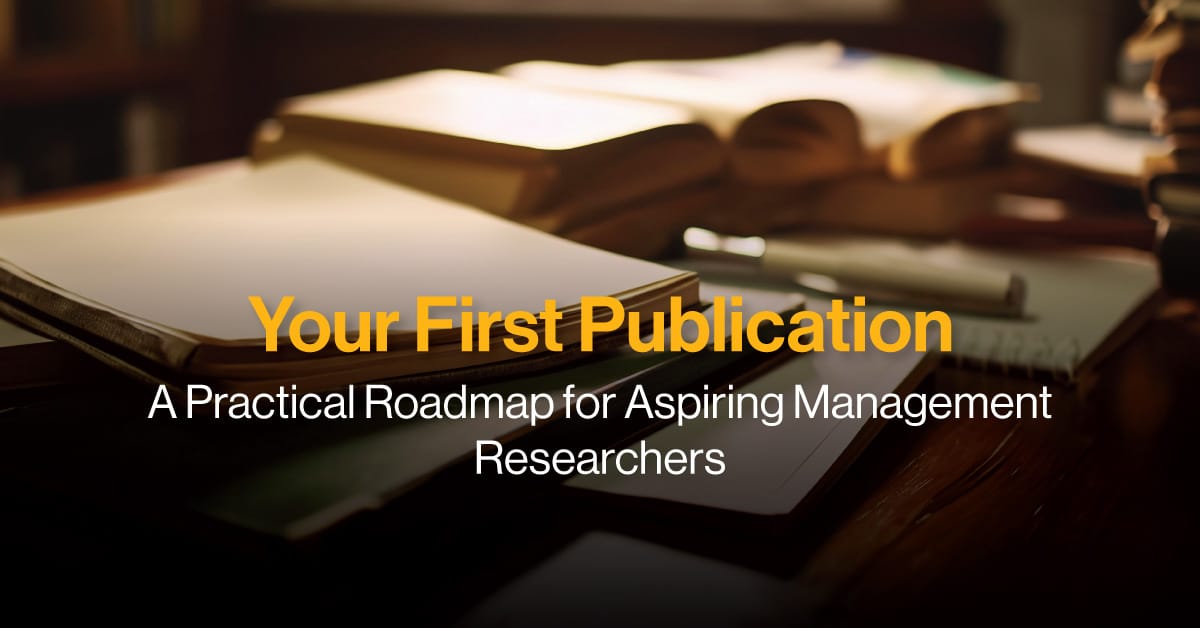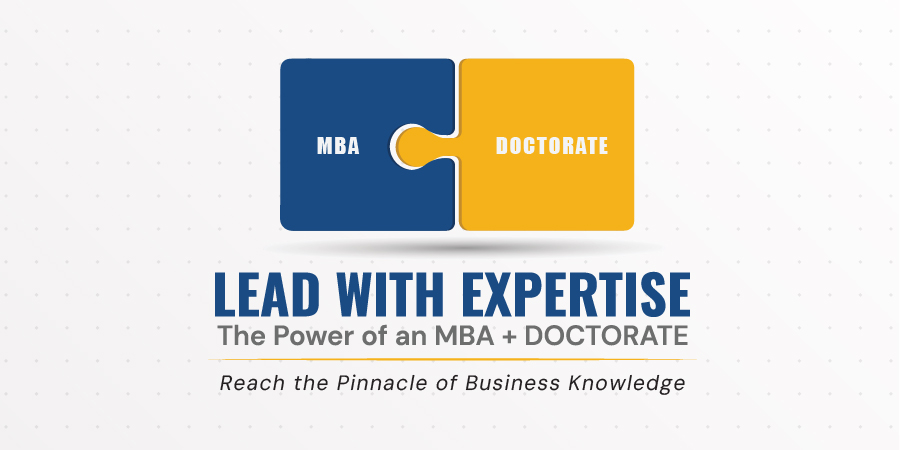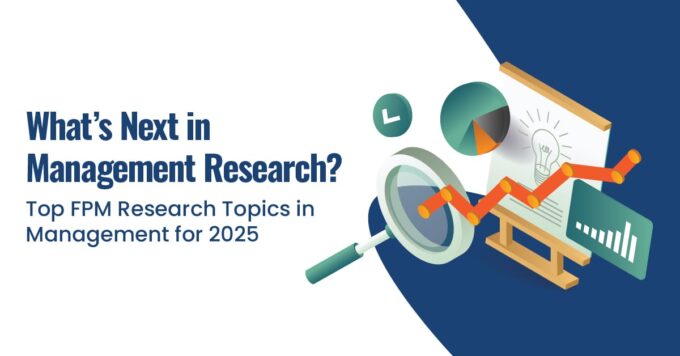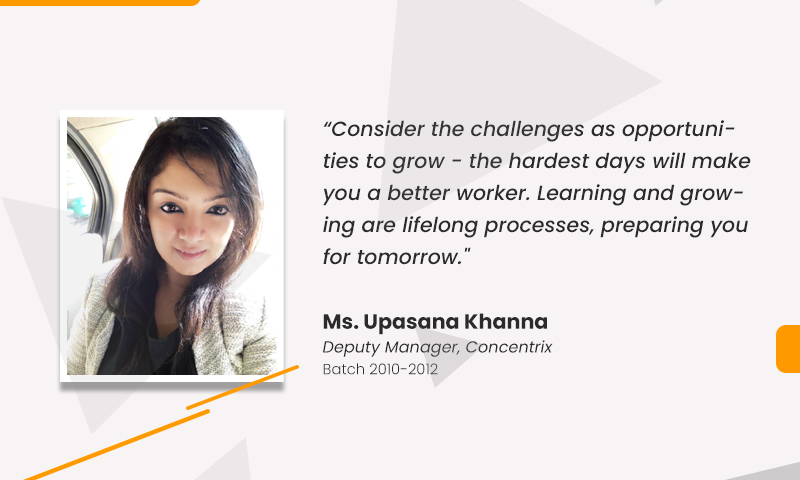Every aspiring academic in a Fellow Programme in Management (FPM) reaches a crucial milestone: publishing in a top-tier journal. It’s more than just a requirement; it’s a validation of your research journey. Yet, the path to publication is often filled with questions: Where to start? Which journals to aim for? What separates a good paper from a publishable one? This guide is designed to answer these and more, offering a practical, clear roadmap for FPM scholars looking to leave their mark on the academic world.
Why Publishing Matters (More Than You Think!)
For FPM (Fellow Programme in Management) scholars, publishing in top-tier academic journals isn’t just a feather in your cap; it’s the bedrock of a thriving career in academia. Think of it as your academic passport. A strong publication record in high-impact journals is a clear signal of your research excellence and a key factor when universities and research institutions consider you for faculty positions, promotions, and tenure.
Beyond institutional recognition, getting your work into prestigious outlets significantly boosts its visibility and citation count, enhancing your professional reputation and overall impact. Even securing research funding often hinges on your publication success, as funding bodies frequently use journal prestige as a proxy for research quality. The pressure is real, but so are the rewards: recognition, professional status, and the chance to truly make your mark.
Decoding What Makes a “Top Journal”?
So, what exactly defines a “top journal” in the vast landscape of management research? It’s more than just a single number; it’s a blend of quantitative metrics and qualitative reputation. Top journals are usually characterized by a combination of the following:
- Impact Factor and Citation Metrics: While not the sole indicators of quality, high impact factors and citation scores (like the Scopus CiteScore or h-index) often correlate with rigorous peer review processes and influential research.
- Inclusion in Reputed Indexes: Being listed in recognized databases like Scopus, Web of Science (SSCI), or the Financial Times Top 50 (FT50) list signals credibility and relevance in the academic community.
- Ranking Systems: Journals ranked as A* or A in the ABDC list (Australian Business Deans Council) or those appearing in the UT Dallas or CNRS lists are generally considered prestigious within the management discipline.
- Reputation Among Peers: Sometimes, a journal’s reputation is shaped less by numbers and more by its standing among scholars in a specific domain. Ask senior faculty or your advisor what journals are respected in your subfield.
- Institutional Preferences: Different institutions prioritize different journals. It’s wise to understand which journals are valued by your institute, potential employers, or funding bodies.
Examples of top-tier journals in management include:
- International Journals:
- Academy of Management Journal (AMJ)
- Strategic Management Journal (SMJ)
- Journal of Marketing (JM)
- Journal of Consumer Research (JCR)
- Administrative Science Quarterly (ASQ)
Respected Journals with Indian Roots:
- Vikalpa (IIM Ahmedabad; ABDC B-ranked)
- IIMB Management Review (IIM Bangalore; Scopus indexed)
- DECISION (IIM Calcutta; published by Springer)
- FIIB Business Review (FIIB, Scopus indexed)
- Global Business Review (IMI Delhi; Scopus indexed)
- Journal of Emerging Market Finance (Scopus indexed)
These journals provide accessible platforms for early-stage researchers while still demanding academic rigor. Submitting to such outlets can help scholars gain experience with the review process, enhance visibility in Indian academic circles, and progressively work toward top global journals. However, remember that “top” is not universally consistent, and rankings can vary. Even articles in lower-ranked journals can sometimes be highly cited.
Finding Your Perfect Match: Strategic Journal Selection
Choosing the right journal is a critical first step, ideally before you even start writing your manuscript.
1. Align with Scope and Audience: Read the journal’s “Aims and Scope” and recent publications carefully. Manuscripts that don’t fit the journal’s focus are often “desk-rejected” by editors without peer review.
2. Assess Quality and Acceptance Rates: Look for journals affiliated with reputable organizations, indexed in major databases, and known for rigorous peer review. Be aware that top journals in management can have acceptance rates as low as 5-20%.
3. Avoid Predatory Publishers: Be vigilant against predatory journals that charge high fees without legitimate peer review and boast unrealistically high acceptance rates (often >80%) .
To put it simply, the “fit” between your manuscript and the journal’s aims is paramount. Even a high-quality paper can be rejected if it’s out of scope. This emphasizes the need for meticulous research before writing to ensure your work addresses relevant conversations within that specific outlet.
| Journal Tier/Type | Typical Acceptance Rate Range | What it Means for You |
| Top-tier Management Journals | 5-20% (e.g., Management Science 10-15%, Organization Science 18%, Journal of Organizational Behavior 20%) | Highly competitive; demands exceptional quality and contribution. Rejection is common . |
| General Academic Journals (Reputable) | 35-40% (Global average) | Still competitive; focus on clear contribution and methodological soundness. |
| Open Access Journals (Established) | ~41-55% (Often higher, especially for newer journals) | Can offer faster publication and wider reach. Verify legitimacy. |
| Mega-journals | ~50-55% (e.g., PLoS One, Nature Research Reports) | Focus on scientific soundness over perceived impact; broad scope, faster review. |
| Predatory Journals | >80% (Often promise unrealistically high rates) | AVOID. Lack of legitimate peer review can damage academic reputation. |
Crafting Your Masterpiece: Research That Resonates
Once you’ve identified your target, the real work begins: crafting a manuscript that stands out. This is where your research transforms from a working idea into a scholarly contribution that is both insightful and impactful. From articulating the right question to positioning it within the existing literature, this stage determines how well your paper resonates with reviewers and readers alike.
1.Framing a Powerful Research Question
A well-defined and impactful research question is the cornerstone of any successful publication. Your question must be clear, focused, and not easily answered with a simple “yes” or “no”. For top journals, it needs to be analytical rather than merely descriptive, allowing for in-depth examination. Crucially, it must be researchable, meaning you have access to sufficient quality materials.
Start with a broad literature review. Look for “gap statements” like “little is known about” or “further research is needed” in existing articles’ introductions and conclusions. Explore contradictions, under-researched populations, or methodological gaps (e.g., if most studies are quantitative, consider a qualitative approach). Engaging with experts and attending conferences can also reveal unexplored areas.
3. Building a Coherent Argument
Top-tier journals are not just looking for isolated insights; they want a coherent argument that flows logically from introduction to conclusion. Your manuscript should have a clear throughline: the problem you’re addressing, why it matters, how you investigate it, and what it means.
Use headings and subheadings strategically to guide the reader. Ensure that each section supports the main objective of the paper. Avoid abrupt shifts or underdeveloped ideas. Every claim should be backed by either theory or data.
3. Ensuring Research Rigor
Methodological rigor is the backbone of trustworthy and dependable research findings. It means applying scientific methods meticulously at every stage to minimize errors and biases. To ensure rigor, start by clearly defining your variables and constructs, and justify your research design. If using surveys, ensure your instrument is validated and pre-tested. In experimental studies, randomization and control variables help isolate causal effects. For qualitative research, triangulate data sources and apply systematic coding frameworks to reduce subjectivity.
4. Clarity and Academic Storytelling
While academic writing is often perceived as dense, clarity is king when it comes to publishing. Avoid jargon where unnecessary. Aim for precision, not pretension. Reviewers appreciate writing that is readable, especially when dealing with complex topics. Use storytelling elements to make your paper engaging: introduce the problem with real-world relevance, build anticipation around your research question, and end with a punchy conclusion that reinforces your contribution.
5. Structuring Your Manuscript
A well-structured manuscript is vital for effectively communicating your research and maximizing its impact. Adhering to IMRAD: Most academic journals follow the IMRAD structure: Introduction, Materials and Methods (Methodology), Results, and Discussion. Some may also require a separate conclusion.
A publishable paper typically follows this structure:
- Title: Clear, concise, and keyword-rich
- Abstract: A 150–250 word summary including problem, method, key findings, and implications
- Introduction: Outline the research gap, objective, and contribution
- Literature Review: Identify what is known and what is not
- Methodology: Explain how your data was collected and analyzed
- Results: Present findings with relevant tables or models
- Discussion: Interpret results and discuss limitations
- Conclusion: Highlight theoretical and practical
6. Adhering to Transparency
Transparency is essential. Document your methodology in a way that allows others to replicate the study. Mention your sampling strategy, inclusion criteria, data cleaning steps, and statistical techniques. Avoid ‘p-hacking’ or selective reporting; instead, include robustness checks and alternative model specifications where possible.
7. Authorship and Collaboration
Co-authoring is common and beneficial. Publishing with your FPM advisor or other faculty improves credibility. Interdisciplinary collaborations also stand out in journals that value cross-functional insights. Make sure to:
- Discuss contribution and authorship order early
- Track who is responsible for each section
- Respect deadlines and version controls
8. Paper Submission and Peer Review
Once your manuscript is polished, it’s time for the submission and peer review journey—a critical phase in academic quality control. Follow journal-specific formatting (font, margins, line spacing, headings, figures/tables placement). Adhere strictly to word or page limits. Address plagiarism checks, conflict of interest disclosures, and proper authorship attribution. Manuscripts failing these basic guidelines may be returned without review.
Make a Cover Letter, highlighting your research’s significance, novelty, and fit for the journal’s scope. This is your crucial first impression. Remember, 60-70% of initial submissions are “desk rejected” due to being “out of scope” or having a “poor structure”. Don’t let your hard work be dismissed before it’s even reviewed!
The Reviewer’s Lens: Understanding the Process of Publishing
If your manuscript passes initial screening, it enters peer review, an independent assessment by experts in your field.
a. Editorial Screening & Desk Rejection: The editorial team first checks relevance, formatting, and originality (including plagiarism). If it fails, it’s “desk-rejected”.
b. The Peer Review Cycle: If it passes, it’s sent to peer reviewers. This can be single-blind, double-blind, or open peer review. Reviewers assess significance, originality, methodological soundness, clarity, and validity of results. This rigorous process ensures published work is scientifically sound.
c. Common Outcomes: The common outcomes are listed below.
- Minor Revisions: Your paper is nearly publishable, needing small corrections (typos, grammar, minor clarifications). It usually leads to prompt acceptance.
- Major Revisions (Conditional Acceptance): Shows promise but needs significant improvements (revising major portions, new info, methodological fixes, strengthening arguments). View this as a significant opportunity for publication.
- Accept: Approved for publication, possibly after minor changes. Direct acceptance without any revisions is rare.
- Reject: Declined for publication. Common reasons include being out of scope, poor writing, flawed methodology, or unsupported conclusions.
The Art of the “Revise & Resubmit Research”: Mastering Feedback
- Constructive Engagement: Address each comment systematically and thoroughly in a detailed response letter. Maintain a polite, grateful, and professional tone, even when disagreeing.
- Polite Disagreement: If you disagree, provide clear, reasoned justifications for not addressing a comment or for an alternative approach. This demonstrates intellectual rigor and respect for the process.
- The Response Letter: This is a crucial strategic communication tool. A detailed letter outlining how each comment was addressed (or why it wasn’t) can significantly influence the editor’s final decision.
Ethics & Integrity in Every Step of Publishing
Ethical conduct is non-negotiable, forming the bedrock of research credibility and scholarly trust. Always write in your own words. When using others’ ideas, data, or methods, attribute sources clearly with in-text citations and a comprehensive reference list. Self-plagiarism (reusing your own previously published work without proper citation) is also a serious issue. Journals use sophisticated tools to detect plagiarism, so meticulous citation is crucial.
Ensure the data you have used is reliable, trustworthy, valid, and secure throughout the entire research process. This means robust data management, high data quality, and strong security measures, all supported by meticulous documentation and training. Peer review helps confirm data integrity. Proactive adherence to data integrity principles and willingness to share data (where ethical) are increasingly expected by top journals.
Balancing Coursework & Researchwork for FPM Scholars
Finally, time is one of the scarcest resources for FPM scholars, especially when balancing coursework, data collection, writing, and teaching responsibilities. Successful publishing often comes down to how well you manage your time and maintain momentum on long-term research projects.
- Start by setting realistic, weekly writing goals such as “500 words a day” or “one section per week.”
- Use time-blocking techniques to protect deep work periods and avoid multitasking during research hours.
- Leverage tools like Trello or Notion to organize your tasks and track progress.
- Break your manuscript into smaller milestones: outlining, literature review, data analysis, writing, and revising.
- Batch administrative tasks like formatting references or updating citations so they don’t interrupt focused writing sessions.
- Celebrate mini-victories to stay motivated.
- Also, manage your energy. Recognize your peak productivity hours (morning vs evening) and use those for the most intellectually demanding work.
- Avoid burnout by incorporating breaks, exercise, or academic socialization into your routine.
Remember: productivity isn’t just about working more, it’s about working smart. Strategic time management helps you maintain momentum, reduce stress, and meet your publication goals more efficiently.
FIIB’s Fellow Program in Management (FPM)
FIIB’s Fellow Program in Management (FPM) is a full-time, AICTE-approved doctoral program designed to develop future-ready scholars, educators, and thought leaders in management. Anchored in a robust and globally connected research ecosystem, the program blends academic rigor with real-world relevance. With 30+ international research collaborations and a strong in-house publication culture—led by the FIIB Business Review (FBR), a Scopus-indexed, ABDC, UGC-CARE, and ABS-listed journal—FIIB offers doctoral scholars unmatched opportunities to publish, collaborate, and contribute meaningfully to the evolving landscape of business knowledge.
Why Choose FPM at FIIB?
- AICTE-approved full-time doctoral program in core areas of management
- Designed for aspiring academicians, researchers, and industry thought leaders.
- Emphasis on research excellence, publication impact, and global exposure
- Backed by 30+ international research partnerships across universities and institutions
- Home to FIIB Business Review (FBR) – Scopus-indexed and listed in ABDC, UGC-CARE, and ABS
- Covers domains like Strategy, OB/HR, Marketing, Finance, Operations, and Economics
- Offers personalized mentoring and structured coursework from experienced faculty
- Stipend support up to ₹50,000/month for eligible full-time scholars
- Opportunities for conference participation, publishing, and interdisciplinary research
- Access to faculty development, research circles, and innovation-led academic platforms
- Pathways to careers in academia, consulting, think tanks, and policy research
Ready to Apply?
Start your application today and begin your journey toward academic distinction and leadership excellence.















Leave a comment